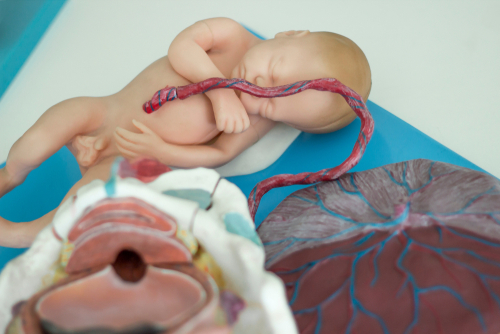Artificial placenta created in lab using 3D printing
IANS Aug 16, 2018
Using a high-resolution 3D printing process, Austrian researchers have succeeded in creating an artificial placental barrier on a chip, a development that can be used to investigate important aspects of nutrient transport from the mother to the foetus.

The placenta ensures the exchange of important substances between the mother and her unborn child, whilst simultaneously blocking other substances from passing through."The transport of substances through biological membranes plays an important role in various areas of medicine," said Aleksandr Ovsianikov, professor at the TU Wien university in Vienna."These include the blood-brain barrier, ingestion of food in the stomach and intestine, and also the placenta."Studies have shown that diseases such as diabetes and high blood pressure in the mother can affect the transport of substances to the foetus. Until now, however, it has been almost impossible to investigate the way in which the many parameters involved interact in such cases.
Using the 3D printing made it possible to produce customised hydrogel membranes directly within microfluidic chips, which are then populated with placenta cells.This can help provide clarity on how the exchange of glucose between mother and child takes place, the researchers said. The novel chip consists of two areas -- one represents the foetus, the other the mother. Using a specially developed femtosecond laser-based 3D printing process helped produce a partition between them -- the artificial placenta membrane.
The high-resolution 3D printing involved a hydrogel with good biocompatibility. "Based on the model of the natural placenta, we produce a surface with small, curved villi. The placenta cells can then colonise it, creating a barrier very similar to the natural placenta," Ovsianikov explained. Initial tests have already shown that the artificial placenta on the chip does in fact behave in a similar way to a natural placenta: small molecules are allowed to pass through, while large ones are held back, the researchers noted.
-
Exclusive Write-ups & Webinars by KOLs
-
Daily Quiz by specialty
-
Paid Market Research Surveys
-
Case discussions, News & Journals' summaries
